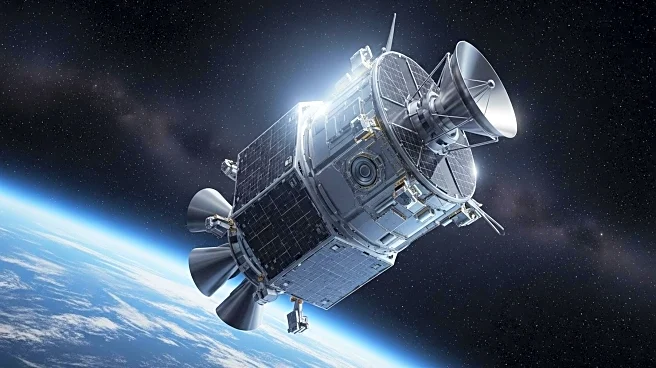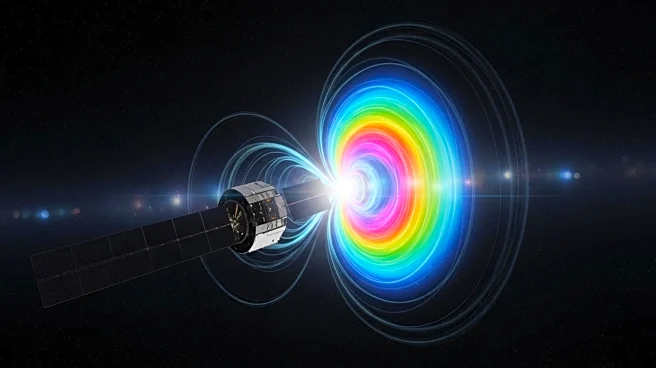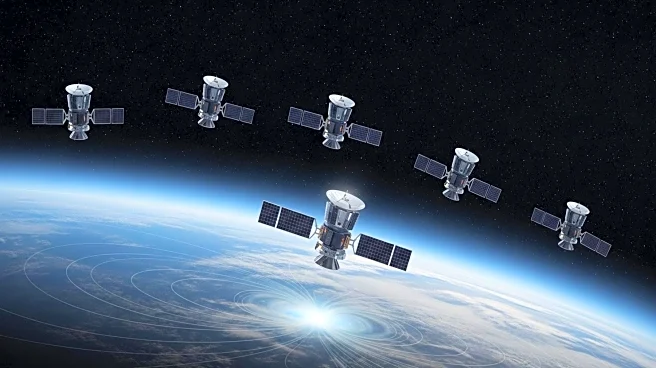What's Happening?
Satellites have recorded the largest ocean swells ever seen from space, demonstrating how massive waves can act as storm 'messengers,' carrying a storm's power across entire oceans. The Surface Water and
Ocean Topography (SWOT) mission, along with other Earth-observing satellites, has allowed scientists to track waves generated by powerful storms. These waves, driven by wind, create swells that carry destructive energy to distant shores, even if the storm itself does not make landfall. The European Space Agency (ESA) has provided data showing how storm waves move, merge, and evolve as they spread across the planet.
Why It's Important?
The ability to track and understand ocean swells is crucial for predicting the impact of storms on coastal regions. These swells can lead to significant damage to infrastructure and ecosystems, affecting industries such as shipping, fishing, and tourism. By improving the accuracy of wave tracking, scientists can better forecast storm impacts, potentially saving lives and reducing economic losses. The data also contributes to climate research, offering insights into how changing weather patterns affect ocean dynamics.
What's Next?
Researchers will continue to analyze data from the SWOT mission and other satellites to refine models of wave behavior. This ongoing research may lead to improved forecasting tools for coastal communities, helping them prepare for and mitigate the effects of incoming storms. Collaboration between international space agencies and meteorological organizations will be essential in advancing this field of study.
Beyond the Headlines
The study of ocean swells also has implications for understanding climate change. As global temperatures rise, storm patterns may become more intense, leading to larger and more frequent swells. This research can inform climate policy and adaptation strategies, emphasizing the need for resilient infrastructure and sustainable coastal development.












